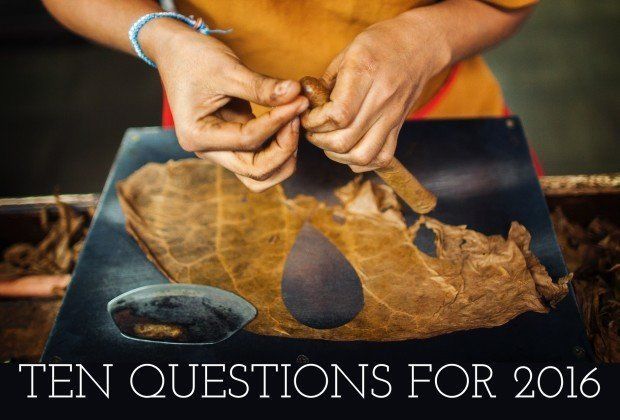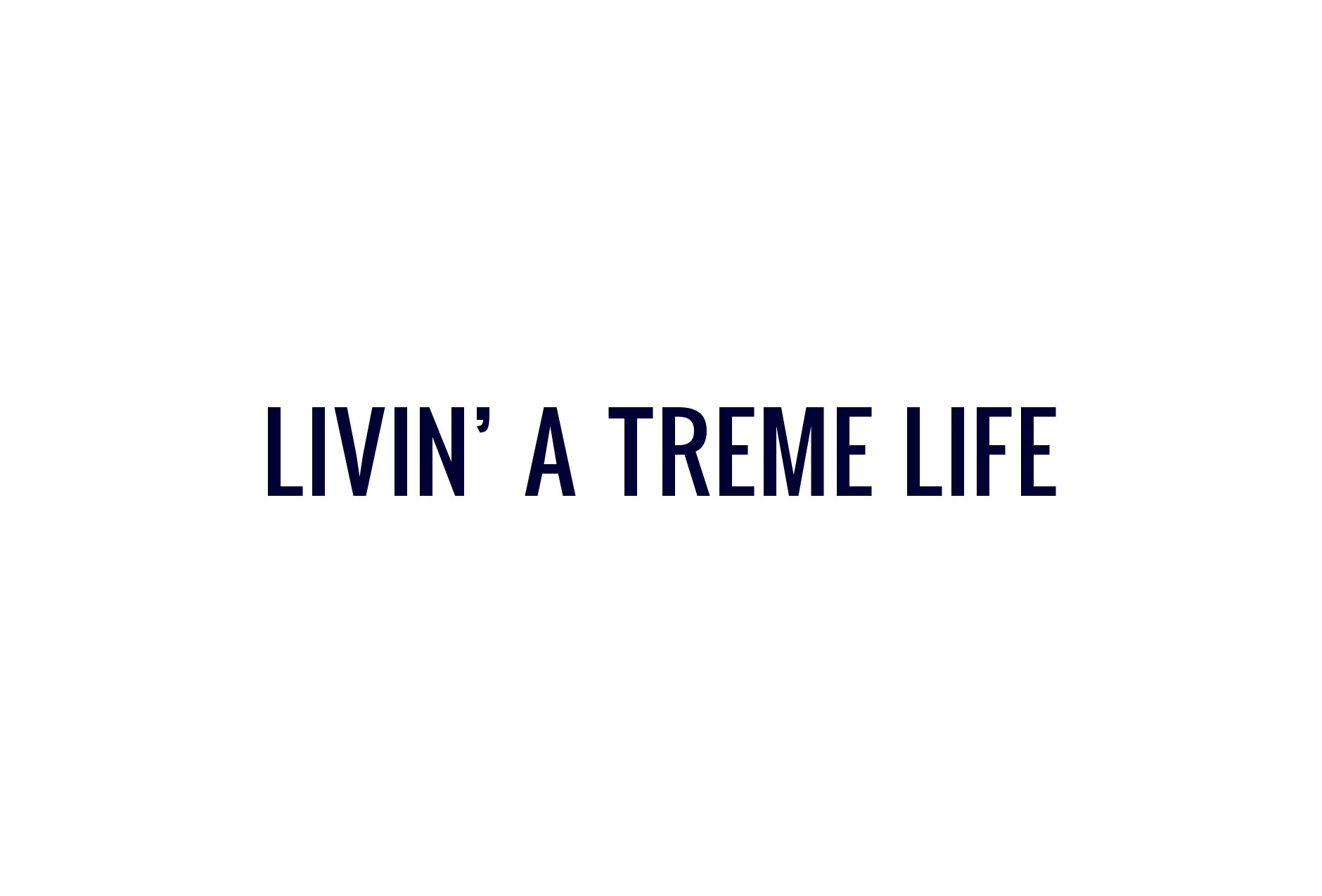What a year it’s been.
But enough reminiscing on that. It’s time for 2016 and before you move all of your 2014-purchased cigars into the “vintage” humidor, it’s time to take a few minutes to see what’s on the horizon for next year.
This is the sixth iteration of this column—which might be the only thing we’ve done without ever being “late”—and there’s one big change. Since we’ve added Patrick Lagreid’s Graded column, where he looks back at the previous year’s Ten Questions and analyzes how they ended up, it seems fitting to add a prediction portion to the topics themselves.
So here it is, 10 cigar industry related questions and predictions. It’s been fun 2015—now head to the clearance table.
1. HOW WILL FDA BE REGULATING CIGARS BY THE END OF 2016?
If this sounds familiar, it is.
By now you are likely aware that efforts in Congress to exempt premium cigars from control by the U.S. Food & Drug Administration (FDA) have failed; meaning the regulatory process is just waiting on responses from the White House Office of Management & Budget (OMB) before the rules are published go in effect.
The list of unknowns regarding potential FDA control is virtually endless. It starts with the biggest question—will FDA even regulate cigars—and boils down to minutia like how much it will cost for manufacturers to submit cigars for substantial equivalence. Then there’s the question of responses: Congress, lawsuits, negations with FDA, etc.
We should find out the FDA’s decision within the next 90 days, but even that isn’t 100 percent guaranteed. And yet, despite all we know about the process and what’s being considered, the reality is very little is actually known for certain and what happens after FDA announces the rules is an even cloudier picture.
Prediction: FDA will not regulate cigars for the majority of 2016.
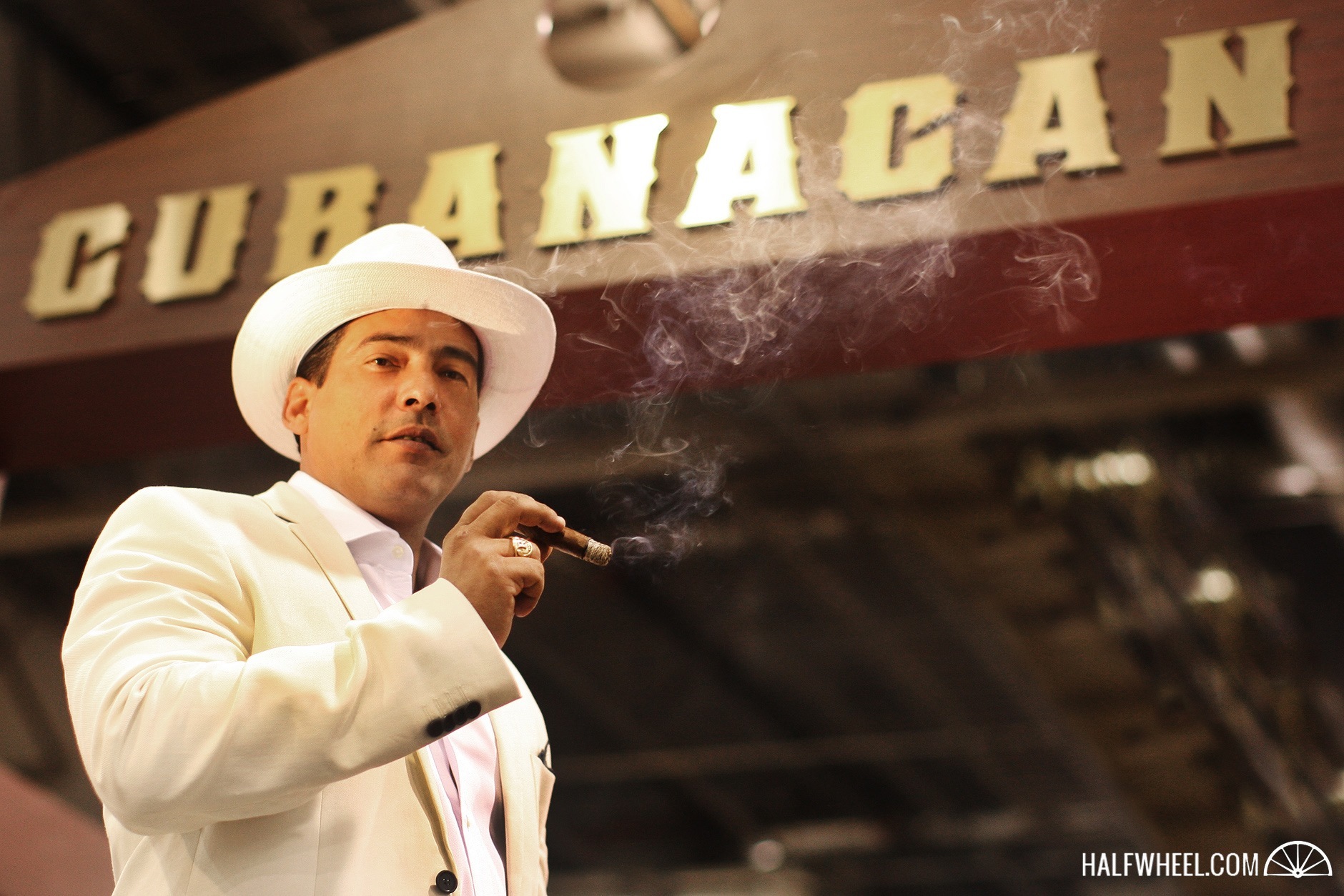
2. WHERE WILL HIROCHI ROBAINA END UP?
At one point, Hirochi Robaina was the coveted superstar, then the superstar free agent. Yet, after meetings with companies small and large, no one has announced that they’ve reached an agreement with Robaina— except La Palina, who had an agreement of sorts, but one that has since evaporated by all accounts.
Some companies have told me that Robaina’s asking price is steep, others are concerned about the ramifications of the Cubanacan saga and one or two are concerned about Robaina and his image following the Cubanacan break-up.
The cigar industry is not ripe with personalities. Robaina is experienced, but still quite young. His connection to the Cuban cigar industry is ongoing and unmatched. Perhaps most importantly, his rookie season of doing events in the U.S. proved that he had some star power.
And yet, he’s still a free agent to my knowledge, and most certainly not for a lack of trying.
Prediction: No clue, but why not: Robaina ends up with General.
3. HOW LONG BEFORE THE CHANGES AT GENERAL TAKE PLACE?
Speaking of General.
In November, Dan Carr was removed as president of General Cigar Co., replaced by Régis Broersma. However, Craig Reynolds, who has been at Cigars International (CI) since 2011, will be Broersma’s boss and in charge of all of Scandanivan Tobacco Group’s (STG) premium cigar business.
As Patrick Lagreid noted at this year’s IPCPR trade show, General Cigar Co. was not exactly having a banner year. And it didn’t seem to get much better.
General’s big launches for Hoyo de Monterrey and Punch seemed to lack both buzz and accolades. What should have been a banner year for Partagas and its 170th anniversary seemed to have fallen on even more deaf ears. Despite the popularity of the Partagas 150 and 160, General radically changed the branding and failed to price protect the Partagas Aniversario, meaning catalogs were already discounting it nearly half off before it landed on brick and mortar shelves.
And then there’s Foundry. I’ll be the first to admit I’m not certain the sales have been there or what the strategy was exactly, but after two straight years of General building custom booths for the brand and Foundry attracting plenty of buzz, it was entirely absent at this year’s trade show and there wasn’t a single addition to the brand sans an awkward tie-in with a revamped Bolivar and Ramon Allones. If there was one thing that was generating buzz for General it was Foundry, how one lets it go essentially dormant in a market like today is beyond me.
When Reynolds took over as the head of CI, he didn’t kick it off with radical changes. But CI wasn’t in a rut, I don’t think the same can be said about General.
Prediction: Sooner rather than later, hopefully.
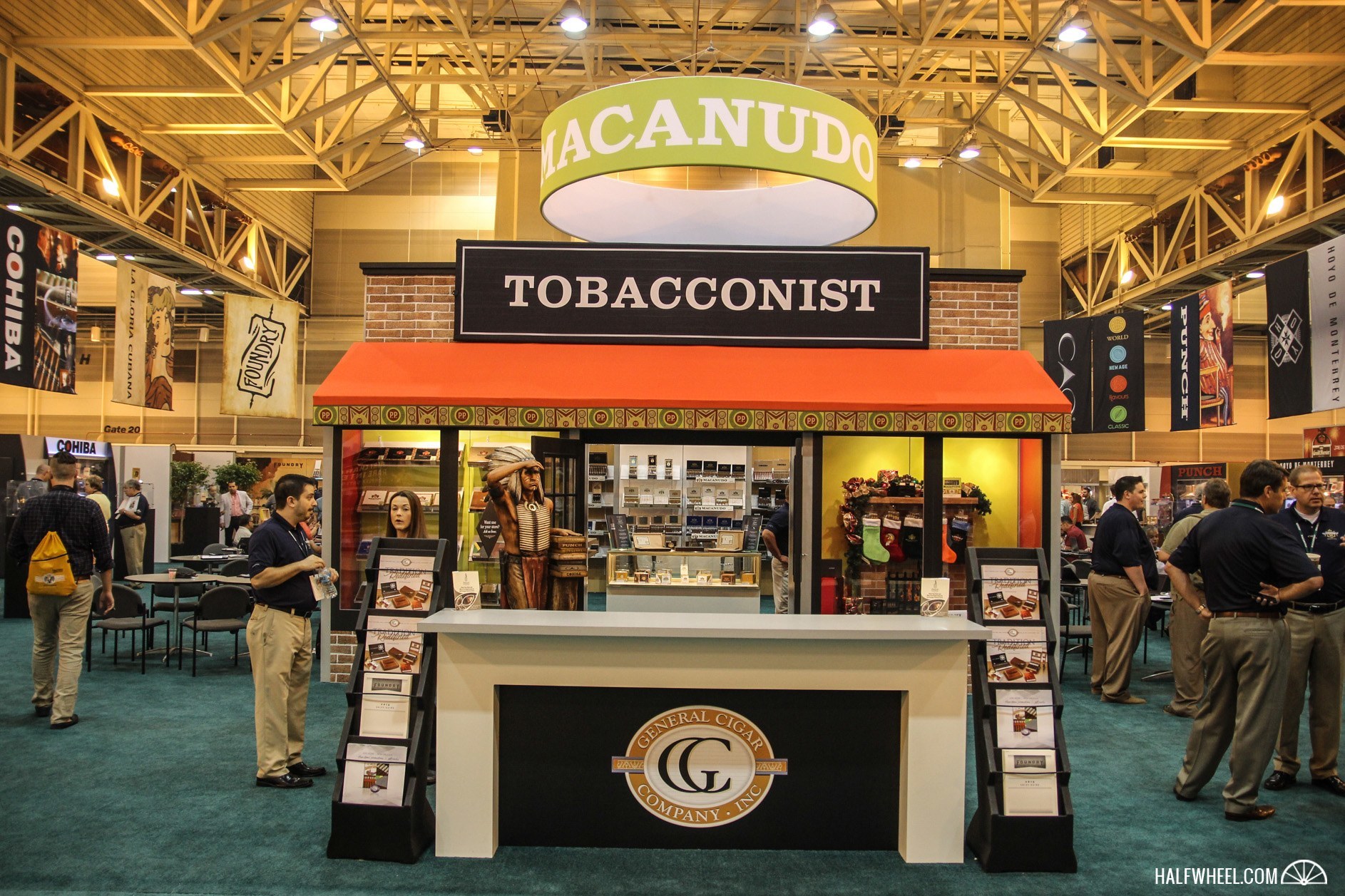
4. WHO WILL OWN ALTADIS & GENERAL AT THE END OF 2016?
And speaking of STG, it seems plausible the two largest cigar companies in the world could both be under new ownership next year.
General’s parent, STG, has been in the process of an IPO for over a year. Swedish Match owns a 49 percent stake in STG and wants out. A public offering was targeted for early 2015, but then STG’s ceo left, delaying it. In the meantime, bids from private equity firms were entertained, but that went nowhere. The current belief is the IPO is back on for sometime next year.
Imperial Tobacco, which owns Altadis—or Tabacalera USA as they prefer to be called now—a 50 percent stake in Habanos S.A., JR Cigar and others, is a rumored target of Japan Tobacco and British American Tobacco. An acquisition of Imperial could also raise the possibility of spinning off the cigar divisions exists, which could make things even more interesting.
Prediction: STG’s IPO happens, Imperial does not get purchased.
5. HOW MANY STORES WILL JR ACQUIRE/OPEN THIS YEAR?
And finally, that brings us to JR Cigar.
There are rumors that the company wants to add as many as a dozen stores in the next year or so. Even if JR won’t confirm it, it’s pretty easy to see that the Rob Norris-led operation is expanding, fast. It started with the revamping of the JR stores in New Jersey and North Carolina and was followed by JR—err Imperial’s—acquisition of Cigar Inn in Manhattan.
If the plan is to add a dozen stores, more acquisition is almost certainly in the mix. There were some murmurs that Smoke Inn in South Florida or Serious Cigar in Houston were being looked at as targets, but those rumors seemed to have died down of late.
Given Davidoff’s recent history, Rocky Patel’s plans for BURN and what Blend Bar Cigar has drawn up, the brick and mortar category in major markets is going to receive a shake-up in some form.
Prediction: It won’t be 12. Over/under is set at five new stores for JR in 2016.
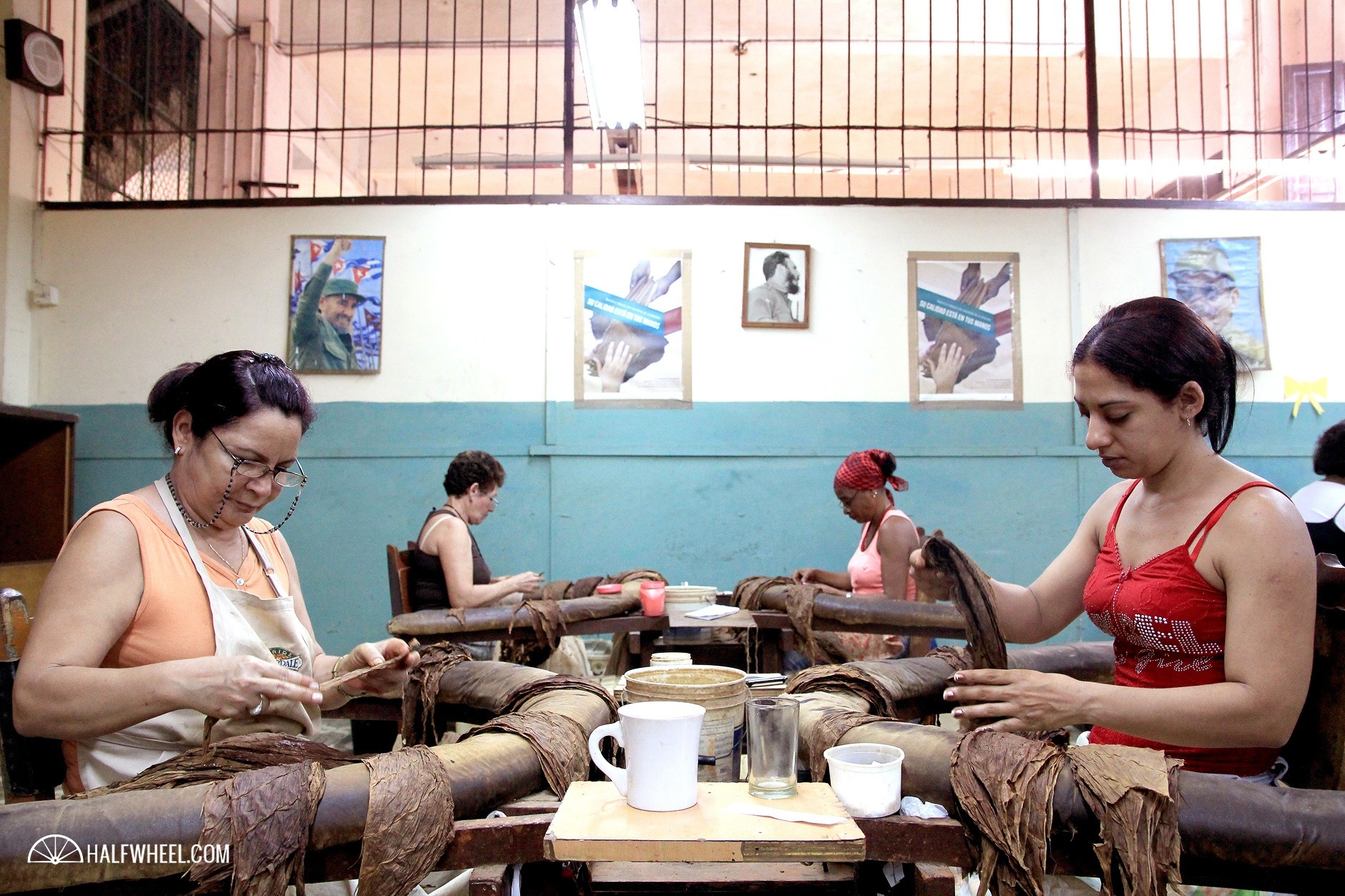
6. HOW BAD WAS CUBA’S CROP REALLY?
While the state newspaper Granma hailed the 2015 growing season as “the beginning of the tobacco recovery,” there’s one fact that remains worrisome, the need for the word recovery.
It’s being used because the previous crop, that which was harvested in 2014, was bad. Really bad.
Rains in March—late in the tobacco growing season—wiped out over 800 hectares in Pinar del Río and caused serious damage to another 1,000, or 12 percent of the farms in the region.
The rain and mold led to a decline in tobacco overall, but particularly wrapper.
Cuba doesn’t have the resources to build up large inventories of tobacco, meaning the dreaded 2014 crop is now being used for cigars and it’s already causing problems. The wrapper shortage is said to be bad, how Cuba deals with the lack of materials could be even worse.
Prediction: There’s going to be a lot of binder on cigars.
7. WHAT EFFECT WILL TPD2 HAVE ON THE RECENT PUSH FOR PREMIUMS IN EUROPE?
There seems to be a belief amongst cigar makers that once FDA regulations hit the U.S. market, they will be able to make up for lost sales in Europe. I’ve already written about how that makes little sense, but it will make no sense once the European Union’s new tobacco rules, Tobacco Products Directive 2014/40/EU (TPD2), go into effect, currently scheduled before May.
While the rules themselves aren’t particularly crippling, the European Union allows for each member country to impose additional rules, which makes selling cigars across EU countries even more challenging.
Europe’s premium cigar market for non-Cuban cigars is certainly growing, but it’s growing largely at the expense of Cuban cigars and with the help of serious investments from non-Cuban players.
Even without TPD2, Europe’s regulations and taxes are harsher than all but the worst of post-FDA scenarios; and it’s not going to get any better.
Prediction: Warning label restrictions increased, but not much else in 2016. U.S. cigar makers still think Europe will be their savior.
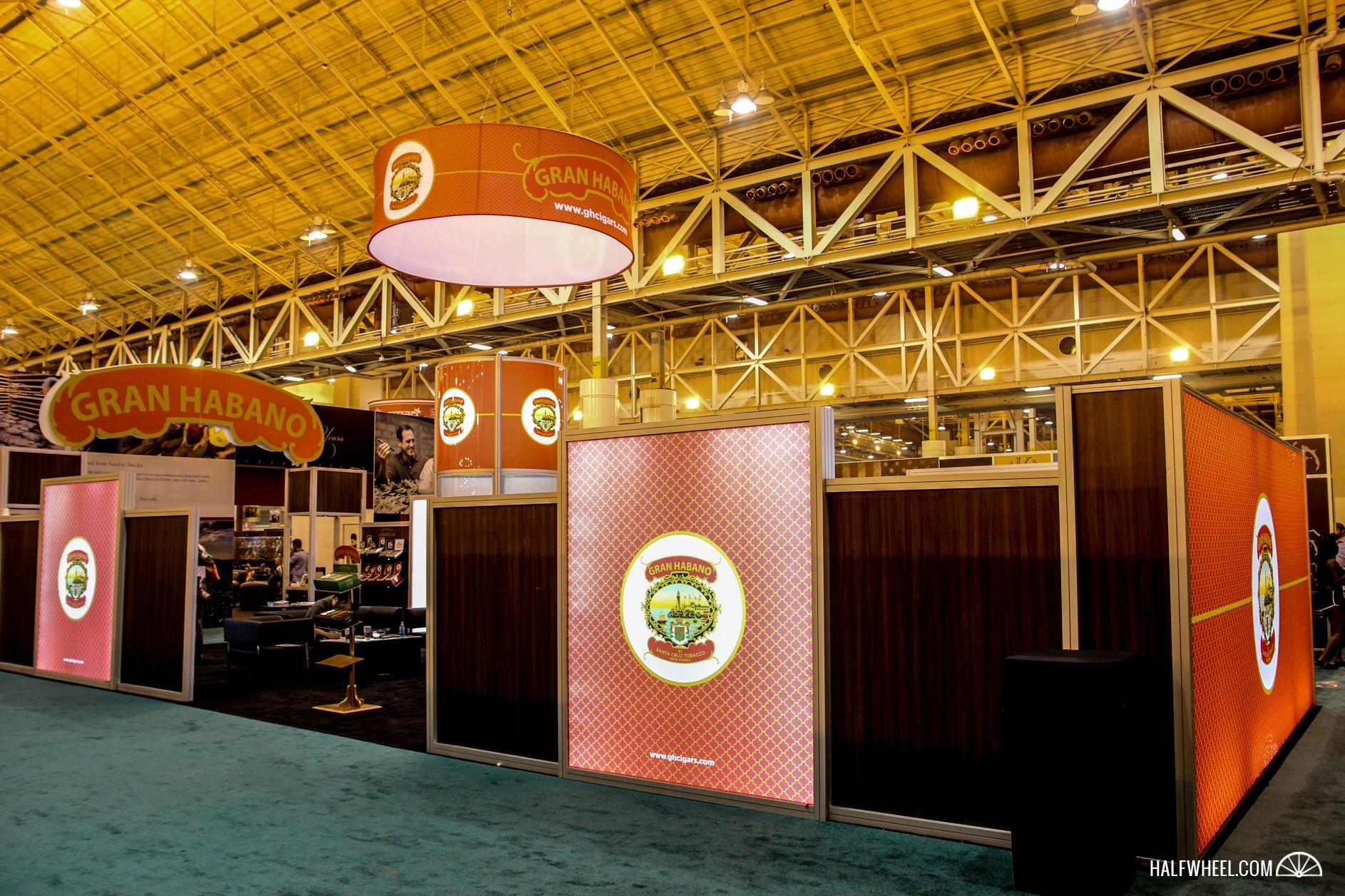
8. ARE THE CHANGES ENOUGH FOR THE IPCPR CONVENTION & TRADE SHOW?
When a topic makes back-to-back appearances in this column, it’s rarely a good thing.
I think the IPCPR played it safe and smart this year with new CEO Mark Pursell spending much of the year dealing with immediate issues, making sure the organization’s move to Washington D.C. remained on track (it did) and observing and listening to feedback regarding the trade show. The changes Pursell oversaw in 2015 were relatively minor: the vapor and hookah booths were placed in their own space and the IPCPR hired a well-known band to play an evening event. Both seemed to go over well, although it was largely overshadowed by something Pursell had no control over—the show was in New Orleans.
Changes are coming for 2016, some of which are already here. The trade show floor is shrinking, booth space division is different and costs are going up, something that makes a lot of sense. But they won’t be the only changes. The challenges with the trade show are as much about changing people’s perceptions and expectations as they are about actually fixing issues. It’s imperative the latter happens even if the former remains a struggle.
Prediction: Nothing is going to be enough to stop people from complaining, but the IPCPR will make more noticeable changes for the 2016 show.
9. WILL THERE BE A FIGHT IN CALIFORNIA?
Tomorrow, Hawaii will become the first state in the U.S. to require individuals to be 21 to purchase tobacco. It’s not the only state that’s tried to pass the law, nearly a dozen others have tried and failed miserably, with the exception of one.
In the fall, seven bills were introduced in a special session of the California legislature regarding tobacco regulation. They included classifying e-cigarettes and vaping devices as “tobacco products,” banning smoking at most workplaces, increased tobacco licensing fees, increased tobacco taxes and increasing the minimum age to purchase tobacco from 18 to 21.
The proposals were tabled until 2016.
California holds unique importance because it oftentimes sets the tone for the nation when it comes to regulation in general, not just tobacco regulation. It stands to reason that if California increased the minimum purchasing age for tobacco, the floodgates would open. This is something both the anti- and pro-tobacco sides understand and it means there could be a very serious national battle waged in Sacramento.
Prediction: There will be a fight. Let’s hope it goes our way.
10. HOW WILL VILLIGER STAY IN THE U.S. MARKET?
You can divide retailers into four groups: those that are still purchasing from Villiger Cigars North America, those that stopped because the product never sold, those that stopped because the company laid off almost all of its U.S. staff and those that have no clue what I’m talking about.
While Villiger has never done well in the U.S., things hit rock bottom earlier this month and so the question is maybe not how Villiger will stay in the U.S. market, but can Villiger find a place on U.S. shelves.
I think the answer to the latter is yes, but it’s going to require a radical shift from the path Roy MacLaren began three years ago. And unfortunately for Villiger, hiring brokers or going to a small(er) direct U.S. sales team isn’t the answer.
Villiger is one of the oldest and largest companies in the tobacco business (it claims to sell 1.5 billion cigars annually), but many in the U.S. seem to liken it to just another European company trying to sell cigars in the U.S. For Villiger, it’s not just about the premium market, in fact, the premium market is likely simply a vehicle for it to be able to break into the c-store markets for its machine made product.
Regardless, trying to sell U.S. retailers on Villiger branded product has its hurdles. I think its best move would be one where it acquired an already existing U.S. operation like Oliva and slowly reentered the U.S. market. It’s a big play, one the company could certainly afford, but it would be a massive commitment to the U.S., something that might not seem like the best move according to our comments section.
Prediction: Villiger will play it safe, and as such, small.

